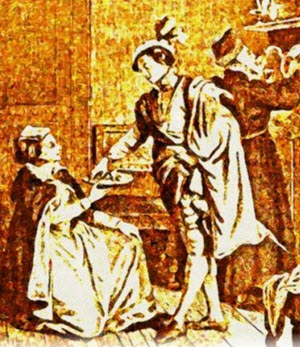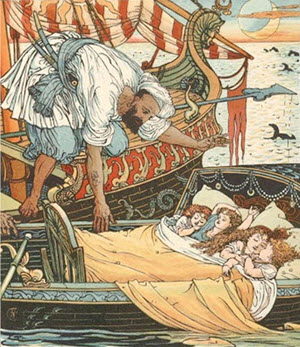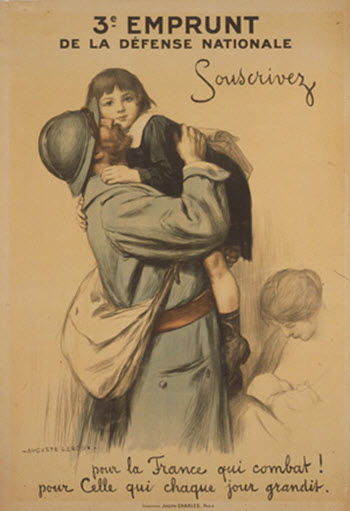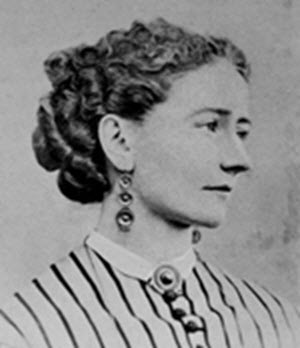Legands of the Jews > Volume 3 >
THE PRIESTLY ROBES
Simultaneously with the construction of the Tabernacle and its vessels, were fashioned the priestly robes for Aaron and his sons. It was at this time that God made known Aaron's appointment to the office of high priest, saying: "Go and appoint a high priest." Moses: "Out of which tribe?" God: "Of the tribe of Levi." Moses was most happy upon hearing that the high priest was to be chosen out of his tribe, and his joy was increased when God added: "Appoint thy brother Aaron as high priest." This choice of Aaron was, of course, also a disappointment to Moses, who had hoped God would appoint him as His high priest, but God had designed this dignity for Aaron to reward him for his pious deeds when Israel worshipped the Golden Calf. For when Moses returned from Sinai and saw the Calf fashioned by Aaron, he thought his brother was no better than the rest of the people, and had, like them, devoted himself to idolatry. But God knew that Aaron's participation in the construction of the Calf was merely due to the pious motive of delaying the people until Moses should return, hence He even then said to Aaron: "I am fully aware of they motive, and, as truly as thou livest, I shall appoint thee as warden over the sacrifices that My children offer Me." In consideration of Moses' feelings, God gave into his hands the appointment of Aaron, saying to him: "I might have installed thy brother as high priest without having informed thee of it, but I relinquish his appointment to thee, that thou mayest have an opportunity of showing the people thy humility, in that thou dost not seek this high office for thyself." [351] At God's bidding, Aaron and his two sons were now chosen as priest, and, moreover, not for a limited period, but Aaron and his house were invested with the priesthood for all eternity. As soon as these were installed as priests, Moses set to work to instruct them thoroughly in the priestly laws. [352]
God ordered the following eight garments as Aaron's garb: coat, breeches, mitre, girdle, breastplate, ephod, robe, and golden plate; but his sons needed only the first four garments. All these garments had expiatory virtues, and each expiated a definite sin. The coat atoned for murder, the breeches for unchastity, the mitre for pride, the girdle for theft, the breastplate for partial verdicts, the ephod for idolatry, the bells on the robe for slander, and the golden plate for effrontery. [353]
The breastplate and the ephod were set with precious stones, which were the gifts of the noble to the sanctuary, though, to be exact, they were in reality a gift from God. For precious stones and pearls had rained down with the manna, which the noble among Israel had gathered up and laid away until the Tabernacle was erected, when they offered them as gifts. [354]
The ephod had only two precious stones, one on each shoulder, and on each of these stones were engraved the names of the six tribes in the following order: Reuben, Levi, Issachar, Naphtali, Gad, Jehoseph, on the right shoulder-piece; Simeon, Judah, Zebulun, Dan, Asher, Benjamin, on the left shoulder. The name Joseph was spelled Jehoseph, a device by which the two stones had exactly the same number of letters engraved upon them. [355] On the breast plate were twelve precious stones, on which the names of the three Patriarchs preceded those of the twelve tribes, and at the end were engraved the words, "All these are the twelve tribes of Israel." [356]





